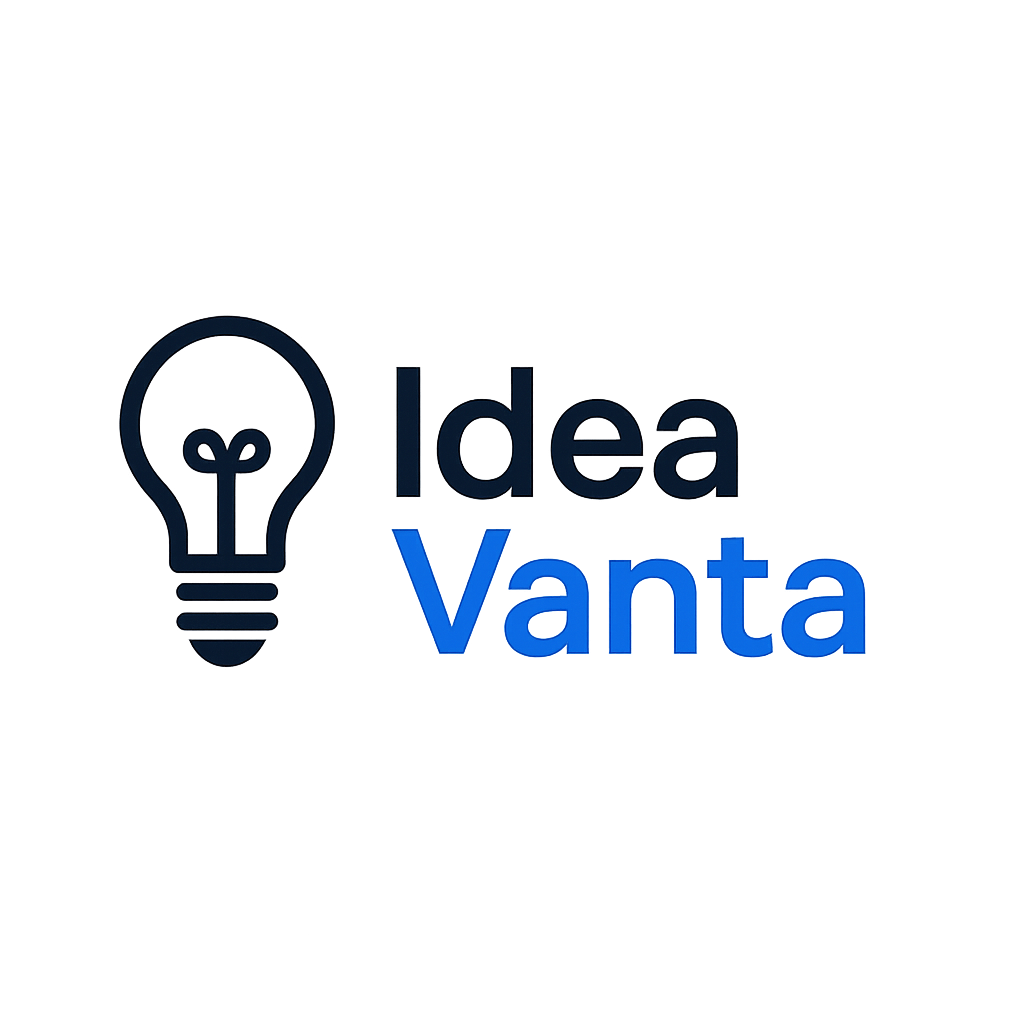Understanding self-directed learning (SDL) is crucial in today’s fast-paced, ever-evolving professional landscape. SDL represents the ability of individuals to take charge of their own learning journey actively. In this process, learners assess their needs, establish goals, find resources, and critically evaluate their outcomes. For professionals in the early stages of their careers, mastering self-directed learning not only enhances career prospects but also fosters adaptability and resilience in the face of change. This article delves deeply into the benefits, strategies, and challenges of SDL to equip you with the knowledge necessary to thrive in your professional journey.
Benefits of Self-Directed Learning
Self-directed learning offers numerous advantages that significantly enrich both personal and professional development. Understanding these benefits can motivate learners to adopt SDL methods:
- Enhances autonomy: Individuals gain greater control over their learning processes and decisions. This independence fosters confidence and creativity, allowing learners to explore topics of interest deeply.
- Promotes lifelong learning: SDL cultivates a habit of continuous self-improvement. In a world where industries rapidly evolve, the ability to learn and adapt becomes a key differentiator.
- Increases motivation: Personalized learning experiences are often more engaging and fulfilling. When learners choose their subjects and pace, their intrinsic motivation tends to increase, leading to better outcomes.
- Fosters critical thinking: SDL encourages learners to analyze information critically. As individuals seek out knowledge independently, they improve their ability to evaluate and synthesize information.
- Enhances problem-solving skills: By navigating the learning process themselves, individuals develop better problem-solving abilities, ensuring that they can optimize their approach to challenges in their careers.
Strategies for Self-Directed Learning
Embarking on your self-directed learning journey may seem daunting at first, but implementing effective strategies can ease the process. Below are actionable steps to get you started:
1. Set clear goals
Defining specific, measurable, attainable, relevant, and time-bound (SMART) goals is essential for successful SDL. This clarity maintains focus and motivation. Consider breaking large goals into smaller, manageable tasks to track your progress effectively.
2. Create a learning plan
Design a structured learning plan that outlines objectives, resources, and timelines. This plan serves as a roadmap to guide your SDL endeavors and keeps you on track. Incorporating flexibility into your plan can also accommodate unexpected changes in your learning path.
3. Utilize available resources
Maximizing available resources can enhance your learning experience:
- Online courses: Platforms such as Coursera and edX provide a range of free and paid courses tailored to various interests and skill levels.
- Books and articles: Libraries and digital platforms offer a vast array of materials that provide in-depth knowledge on numerous subjects.
- Podcasts and videos: These engaging formats cater to different learning styles, allowing auditory and visual learners to absorb information effectively.
- Networking: Engaging with professional communities can offer informal learning through discussions and shared experiences.
4. Seek feedback and reflect
Regularly soliciting feedback from peers and mentors helps you gauge the effectiveness of your learning approach. Reflection on your learning experiences allows you to assess what you’ve learned, reinforcing knowledge and uncovering areas for improvement.
Comparison of Learning Methods
| Method | Features | Pros | Cons |
|---|---|---|---|
| Classroom training | Structured, instructor-led | Direct interaction, immediate feedback | Less flexible, potentially overwhelming |
| Online courses | Self-paced, diverse topics | Flexibility, variety of materials | Requires self-discipline |
| Reading books | Self-guided, in-depth knowledge | Comprehensive understanding, depth | Time-consuming, sometimes outdated |
| Podcasts/videos | Engaging, informal learning | Accessible, can learn on-the-go | Less detail, potentially superficial |
Overcoming Challenges in Self-Directed Learning
While self-directed learning is advantageous, it comes with its own set of challenges that learners must overcome to ensure success:
- Procrastination: One of the biggest hurdles in SDL is procrastination. Creating a detailed schedule with deadlines can minimize delays and keep you accountable.
- Lack of direction: Periodically reassessing your goals and learning plan can bring renewed focus and relevance to your educational pursuits. It’s essential to stay adaptable.
- Resource overwhelm: The abundance of information can be overwhelming. Start with a few trusted resources pertinent to your goals and gradually expand your library as you grow more comfortable.
- Self-doubt: It’s normal to encounter moments of self-doubt. Cultivating resilience through reflection and seeking support can empower you to push through these challenges.
Conclusion
Self-directed learning is an invaluable approach for early career professionals, offering autonomy, flexibility, and lifelong growth opportunities. By actively taking charge of your learning journey, you cultivate skills that can accelerate your professional development and enhance your overall career satisfaction. Whether through structured courses or informal learning, embracing SDL can prepare you for the dynamic challenges ahead.
Frequently Asked Questions
Q1: What are the best resources for self-directed learning?
A1: Online platforms, libraries, and podcasts provide excellent avenues for exploration and growth.
Q2: How do I stay motivated to learn independently?
A2: Tracking your progress and celebrating small achievements can sustain motivation over time.
Q3: Can self-directed learning replace traditional education?
A3: While SDL may not entirely replace traditional education, it complements it well and enhances overall professional development.
Q4: What should I do if I feel stuck in my learning?
A4: Seek feedback and consider adjusting your learning plan for a fresh perspective.
Q5: How can I measure my learning progress?
A5: Regularly evaluate your progress against your goals and solicit feedback from trusted peers or mentors.
Image by: Ron Lach
https://www.pexels.com/@ron-lach
